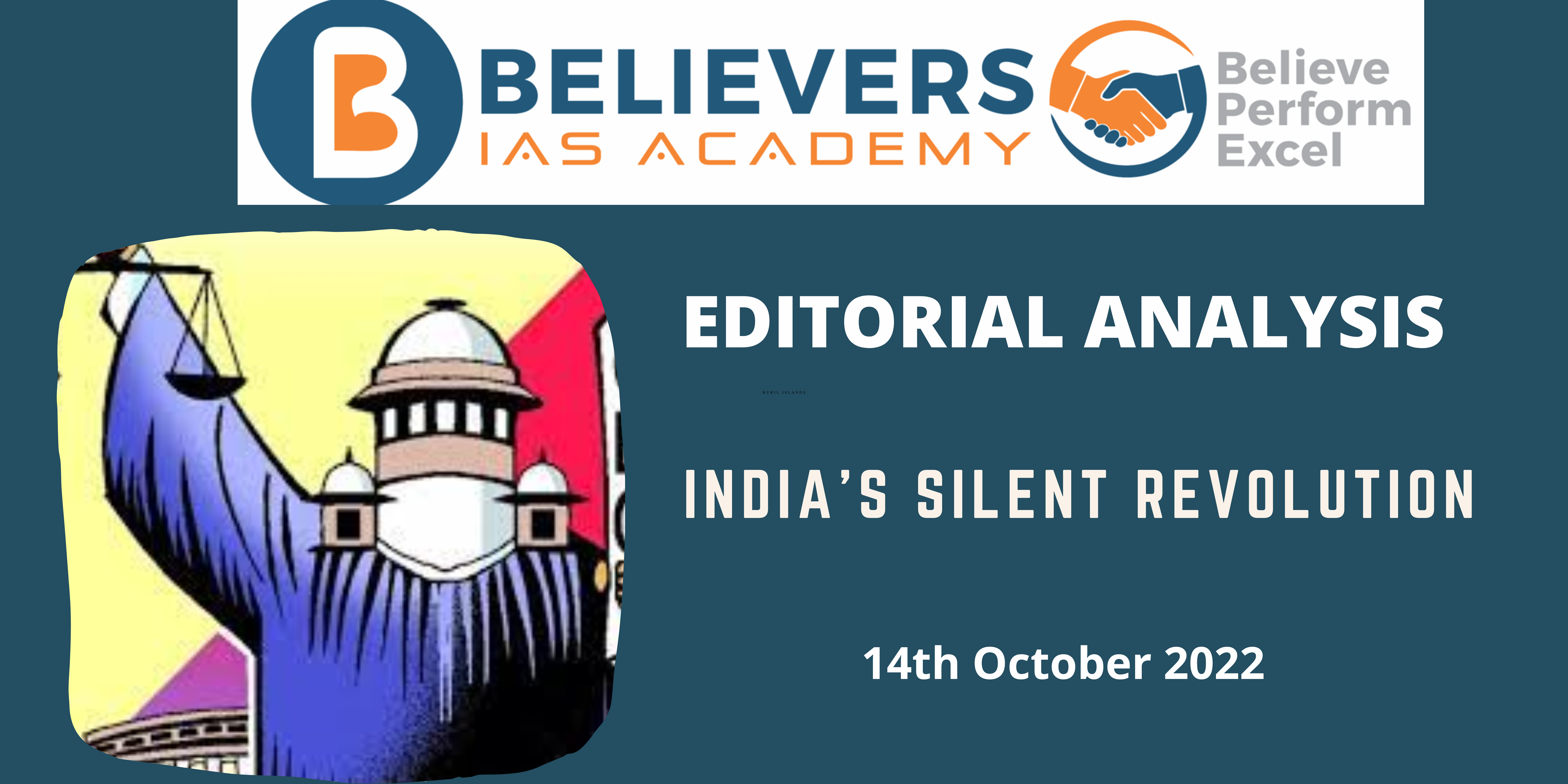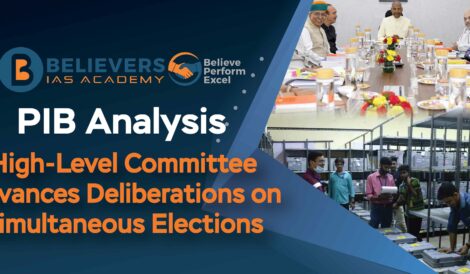Equality and identity
Context:
The recent caste survey in Bihar, divulging caste-wise population figures, carries substantial implications. With over 63% of Bihar’s 13 crore population falling under the Extremely Backward Classes (EBC) and Other Backward Classes (OBC) categories, this survey may reverberate at the national level. It has the potential to reignite the discourse on a country-wide caste census, challenge the 50% legal reservation ceiling in education and government services, and reshape political dynamics, particularly concerning the BJP’s consolidation efforts and other parties relying on OBC support. Additionally, this data can be wielded legally to support reservation levels in various states. Nevertheless, amidst these developments, it’s essential to remember the broader constitutional goal of fostering a casteless society while addressing societal inequalities through affirmative action.
Relevance:
GS-02 (Indian Polity)
Mains Question:
How does caste based surveys impact the discourse on caste-based reservations, political strategies, and the pursuit of a casteless society in India, and what are the implications for affirmative action policies? (250 words)
Dimensions of the Article:
- The Significance of Caste Survey
- Political Implications
- Casteless Society vs. Affirmative Action
The Significance of Caste Survey:
- The caste survey in Bihar serves as a precedent for conducting comprehensive caste counts. It employs a meticulous methodology, assigning unique codes to 214 castes and subsuming sub-castes and sects under broader caste categories.
- This approach streamlines data collection and analysis. In contrast, the Union government’s reluctance to release the caste-related data from its 2011 ‘Socio-economic and Caste Census’ was due to the bewildering array of 46 lakh named castes, sub-castes, sects, clans, and surnames provided by respondents. The survey’s significance extends beyond Bihar’s borders, potentially impacting national policies and political dynamics.
Political Implications:
- The caste survey’s findings could usher in a new phase in Indian politics. While the BJP has sought to consolidate Hindu voters, Bihar’s caste data may provide other parties with opportunities to mobilize specific OBC groups.
- The influence of influential social groups may rise as they seek to advance their interests through the political landscape. The data may also be strategically employed to present ‘quantifiable data’ for legal justification of reservation levels in different states.
Casteless Society vs. Affirmative Action:
- While the enumeration of castes serves practical purposes, it raises questions about the broader constitutional objective of achieving a casteless society. Affirmative action is undeniably vital in addressing societal inequities.
- However, the state must tread carefully to ensure equal opportunities and equitable resource distribution without reinforcing caste identities. Balancing affirmative action with the goal of a casteless society is a key challenge.
Way Forward:
- Deliberate Political Strategy: Political parties should formulate strategies that acknowledge the shifting dynamics and aspirations of different caste groups, rather than relying solely on monolithic caste-based appeals.
- Judicious Utilization of Data: Legal and political actors must judiciously employ caste data, not only to support reservations but also to address underlying issues of social and economic inequality.
- Promoting Social Integration: Efforts should be made to foster social integration and promote a casteless society without compromising the need for affirmative action.
Conclusion:
It marks a pivotal moment that demands a careful and balanced approach, where affirmative action remains a tool for addressing inequities while concurrently working towards the ultimate objective of a society free from the shackles of caste identity. This nuanced perspective is vital as India continues to grapple with the complexities of its diverse and dynamic social fabric.




